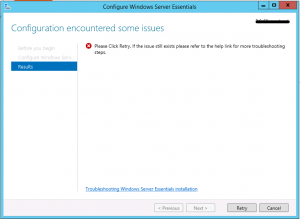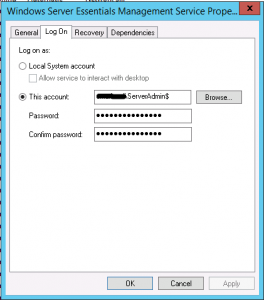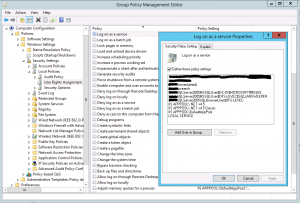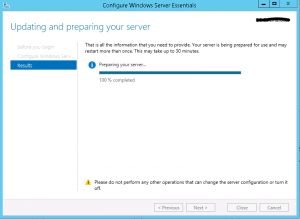Are you looking for a good antivirus software? Maybe you are undecided, because everyone tells you a different story. Unfortunately, this happens many times, but you can go over those problems. Just visit this page and you will have true results of what are the real values of the antivirus software.
Good reading!.
Tag: Windows Server
Remote enable RDS (not thru remote registry)
If you want to open the remote desktop connectivity on a remote computer, you have few options. There is one that is very easy to find on posts – change the registry key: hklm\system\currentcontrolset\control\terminal server, key fDenyTSConnections to value 0. The second option is to propagate the same registry key with group policy (maybe this is the best choice).
However, what to do if you need to connect to the remote computer in this moment and there is no possibility to connect to the remote registry (remote registry service is disabled)? You can use a simple trick to execute commands on remote computer. The easiest way is psexec (you can download it here) and execute two commands:
- psexec \\remotemachine reg add “hklm\system\currentcontrolset\control\terminal server” /f /v fDenyTSConnections /t REG_DWORD /d 0
- psexec \\remotemachine netsh advfirewall firewall set rule group=”remote desktop” new enable=yes
This will enable the Firewall rule and change a registry key also in a situation where all other trying would fail. Be careful with firewall profiles. If you want to open RDP only for domain or private profile, you have to modify the command line properly..
Essentials functionality with more than one DC
Some of us want to use Essentials server rule for federation with Office365 in small companies, where we have more than one DC. Until now, this was a non supported functionality and it was not possible to install it (in this case, you received an error, that this is possible only on a DC – here is the article). August rollup for Server 2012R2 solves this issue and now it is possible to use the Essentials sync option for Office 365 also if you have more than one DC. You can download the update here..
Problems with Essentials role configuration
In some cases, you can have different errors when you try to configure Essentials role on Standard Windows Server 2012R2. First you have to check is if they are all FSMO roles hosted on the server where you are trying to install the Essentials role. This is an obligated condition.
The second error is also frequent and I found it when I tried to migrate SBS 2008 or 2011 to Standard server 2012R2 with Essentials role enabled. The error (as you can see on the picture) is very bad documented and it is practically impossible to understand what is wrong.

The next step that an Administrator has to check is the Event viewer and here is the situation more clearly.
Event ID: 7000
Source: Service Control Manager
Description: The Windows Server Essentials Management Service failed to start due to the following error: The service did not start due to a logon failure.
If you see this error, you have just to find the Error 7041, where is listed the username responsible for this event (usually is ServerAdmin$ or MediaAdmin$). The second way to find the right account is open the Service manager console and check which account is used for starting Windows Server Essentials Management Service.

When you know the account name, you have to assign to this account “Run as a service” right in the Default Domain Controllers Policy. To do this open Group Policy Editor and Edit the Default Domain Controllers Policy.

Add to the missing account Run as Service right in “Computer Configuration>Windows Settings>Security Settings>Local Policies>User Rights Assignment”, close the console and restart the server.
When the server comes up, you will be able to configure successfully Essentials role.
Good luck..
PowerShell in Essentials Server 2012R2
For anyone who want to know and use PowerShell as much is possible, here it is a list of all commands that you can use with Server Essentials role. There are many commands and you can do almost all configurations and management from Shell. It is just a different way… and sometimes it is a better way..

